Role American Football coach Name George Marshall | ||
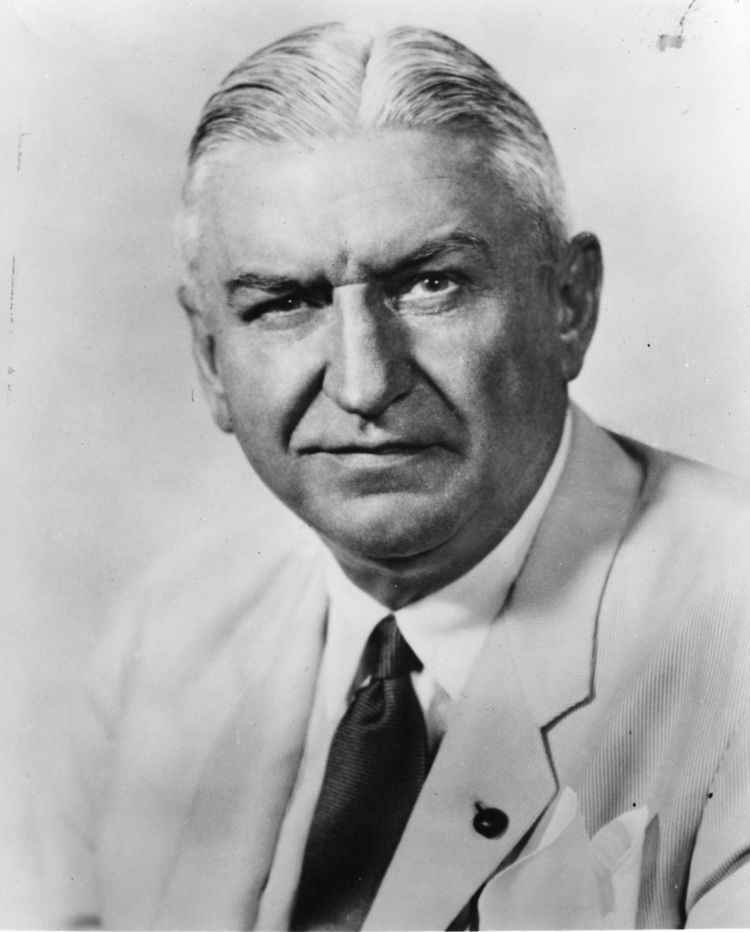 | ||
Date of birth (1896-10-11)October 11, 1896 Date of death August 9, 1969(1969-08-09) (aged 72) Position(s) Owner, Founder, Administrator Died August 9, 1969, District of Columbia Parents Blanche Preston Marshall, Thomas Hildebrand Marshall Similar People Corinne Griffith, Daniel Snyder, Thomas H Green | ||
Organizations founded Washington Redskins | ||
George Preston Marshall (October 11, 1896 – August 9, 1969) was an American businessman and the owner and president of the Washington Redskins of the National Football League (NFL), from their inception in 1932 in Boston until his death in 1969.
Contents
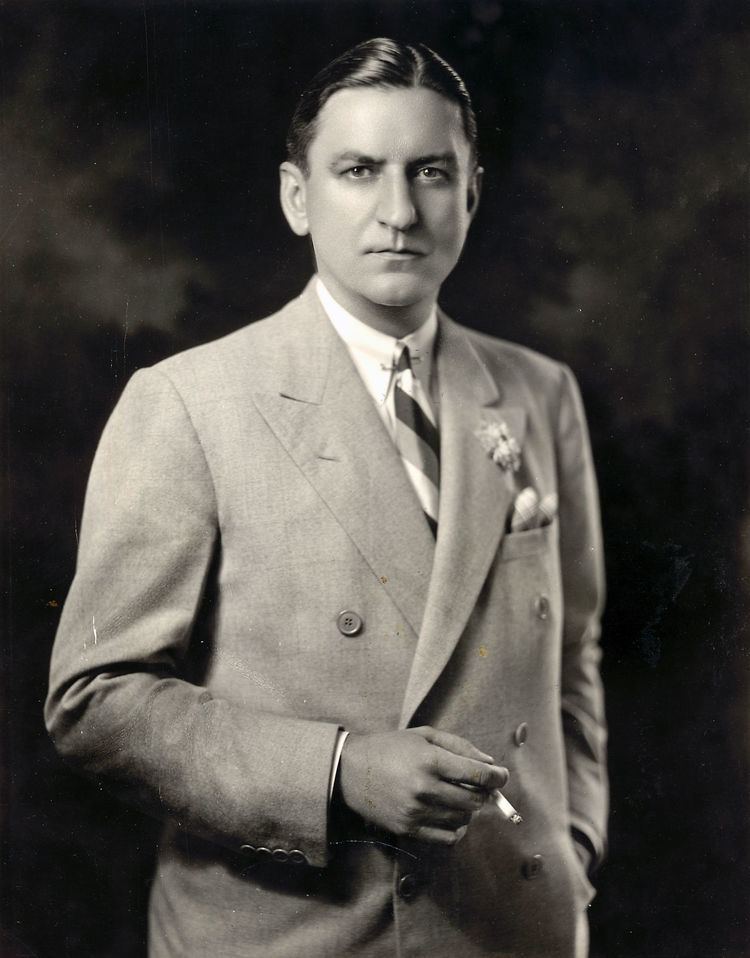
Life and career
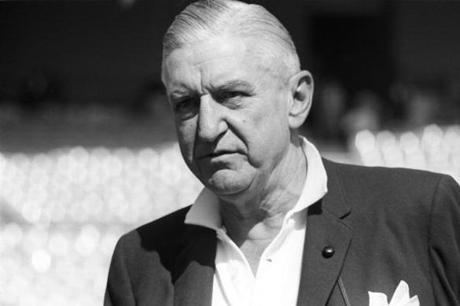
Marshall was born in Grafton, West Virginia. His parents were Thomas Hildebrand ("Hill") Marshall and Blanche Preston Marshall. In 1925, while he was the owner of a chain of laundries in Washington, D.C., founded by his father, he owned the Washington Palace Five basketball team, also known as the Palace Five Laundrymen from his laundry chain. The team folded in 1928.
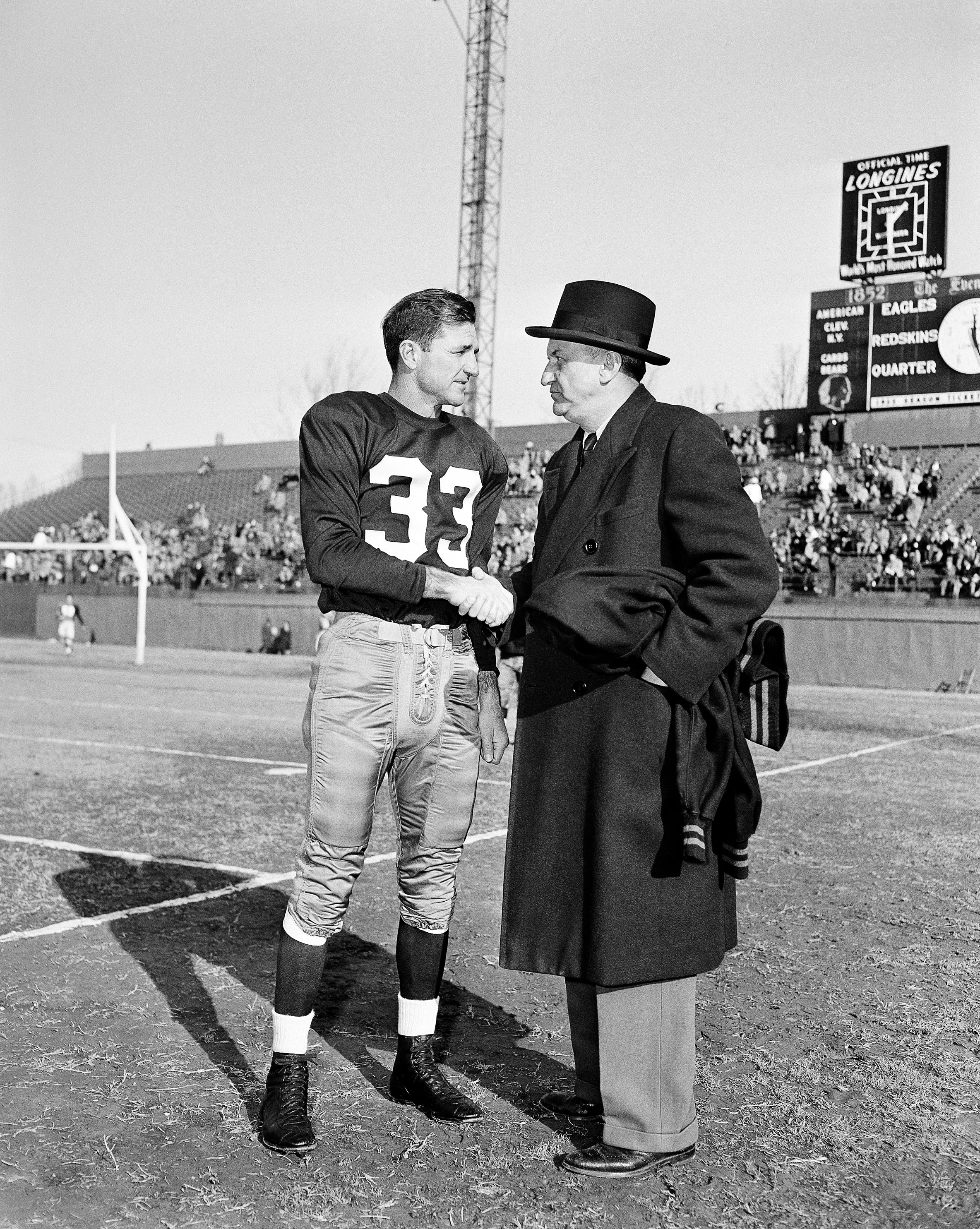
In 1932, he and three other partners were awarded an NFL franchise for Boston. This team became known as the Boston Braves, as they played on the same field as baseball's Boston Braves. Marshall's partners left the team after one season, leaving him in control. In 1933 he moved the team from Braves Field to Fenway Park, which the team would share with the Red Sox, hiring coach "Lone Star" William Henry Dietz, who may have been part Sioux, and changing the team nickname to the Redskins. There were four Native Americans on the original Redskins team in 1933. However, he claimed in an interview at the time that the name had no connection to the heritage of any player or coach.
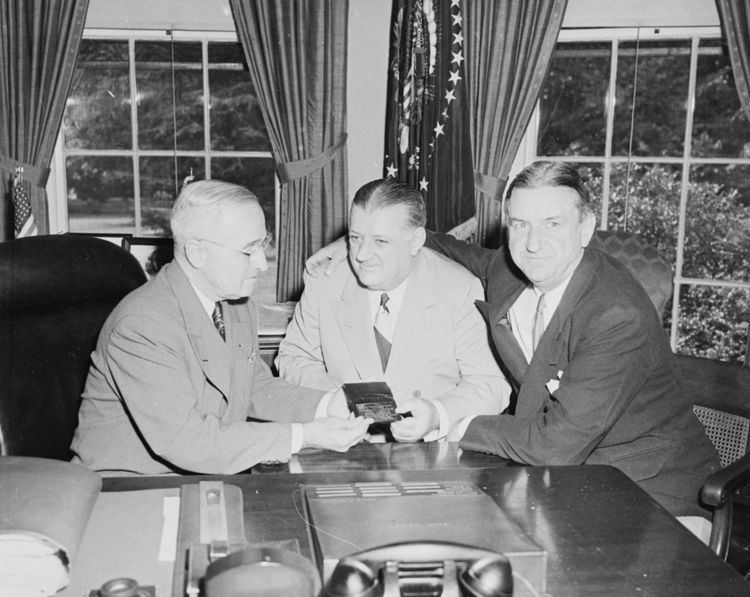
The 1936 team won the Eastern division and hosted the NFL championship game, which Marshall moved from Boston to the Polo Grounds in New York City. Days later, he announced he was moving the team to Washington, D.C., for the 1937 season. He was romantically tied to silent screen actress Louise Brooks throughout the 1920s and 1930s, and she gave him the nickname "Wet Wash" due to his owning of the laundry chain. He was married to film actress-author Corinne Griffith from 1936 to 1958. (Griffith referred to him in print as "The Marshall without a plan")
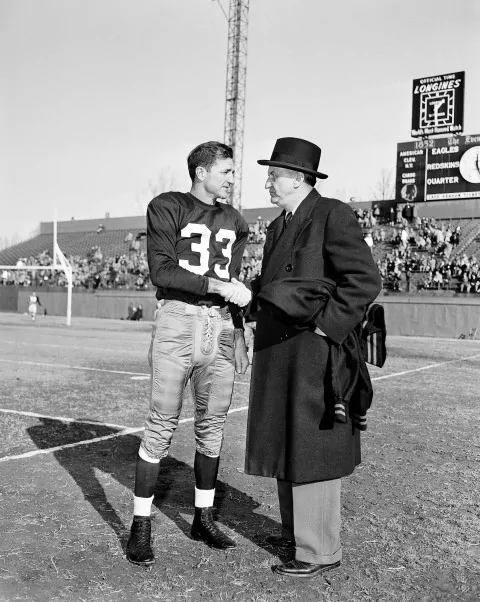
Although his team enjoyed great success, Marshall is known more for many of the frills which now mark the modern football game. During the early days of the NFL, college football was more popular. Marshall decided to incorporate elements of the college atmosphere into the professional league. Innovations which he introduced include gala halftime shows, a marching band, and a fight song. The Redskins marching band is currently one of only two officially sanctioned by any NFL team. The fight song, "Hail to the Redskins" is one of the most famous in the NFL. Marshall, along with George Halas, suggested two major rules changes designed to open up the game and increase scoring which were subsequently adopted. One was to allow a forward pass to be thrown from anywhere behind the line of scrimmage, rather than at a minimum of five yards behind the line which was previously the rule. Another was the move of the goal posts from the end line to the goal line, where they were (and are) located in Canadian football, to encourage the kicking of field goals. This change remained in place for about four decades until NFL goal posts were returned to the end line in the mid-1970s as part of an effort to lessen the influence on the game of kicking specialists. Upon obtaining the team in 1932, Marshall also pushed to standardize the schedule so that each team played the same number of games, that the teams be split into divisions with the winners meeting in a championship game, and that game gate receipts be split between the home team and the visitor using either a 60–40 split or a guaranteed amount of money, whichever was larger.
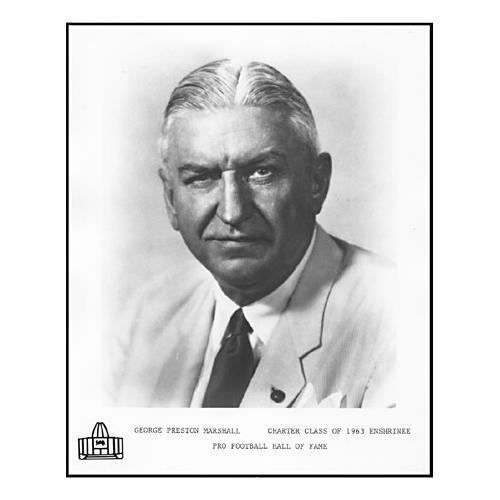
Marshall did many things to try to endear the team to the people of Washington. During the 1937 season, Marshall rented a train and brought 10,000 fans to New York City to watch the team play the New York Giants. These actions paid off, and even today, Redskins fans are considered among the league's most loyal, and some of the most likely to travel in large numbers to away games.

In the 1950s, Marshall was the first NFL owner to embrace the new medium of television. He initiated the first network appearances for any NFL team and built a huge television network to broadcast Redskins games across the South.
Marshall was a very hands-on owner. For most of his tenure as the team's owner, he frequently micromanaged the team. The notable exception was during the Flaherty era, the franchise's first successful era.
Marshall suffered a debilitating stroke in 1963, soon after his induction to the Pro Football Hall of Fame.
He died at his Georgetown home in Washington in August 1969, and his funeral was held at the National Cathedral in Washington with a huge crowd in attendance. Marshall is buried at the family plot in Indian Mound Cemetery in Romney, West Virginia.
Legacy
His legacy includes the George Preston Marshall Foundation which serves the interests of children in the Washington metro area.
Racism
Marshall has gained infamy for his intractable opposition to having African-Americans on his roster. According to professor Charles Ross, "For 24 years Marshall was identified as the leading racist in the NFL". Though the league had previously had a sprinkling of black players, blacks were excluded from all NFL teams in 1933. While the rest of the league began signing individual blacks in 1946 and actually drafting blacks in 1949, Marshall held out until 1962 before signing a black player. Along with his own personal views, Marshall refused to sign African-American players because of a desire to appeal to Southern markets, which lacked an NFL team until Dallas entered the league in 1960. His intractability was routinely mocked in Washington Post columns by legendary writer Shirley Povich, who sarcastically used terms from the civil rights movement and related court cases to describe games: for instance, he once wrote that Jim Brown "integrated" the end zone, making the score "separate but unequal".
Finally, in 1962, Interior Secretary Stewart Udall and Attorney General Robert F. Kennedy issued an ultimatum — unless Marshall signed a black player, the government would revoke the Redskins' 30-year lease on the year-old D.C. Stadium (now Robert F. Kennedy Memorial Stadium), which had been paid for by government money and was owned by the Washington city government (which, then as now, is formally an arm of the federal government). Marshall's chief response was to make Ernie Davis, Syracuse's all-American running back, his number-one draft choice for 1962. Davis, however, demanded a trade, saying, "I won't play for that S.O.B." He got his wish, as the team sent him to Cleveland for All-Pro Bobby Mitchell. Mitchell was the first African American football player to play a game for the Redskins, and he played with the team from 1962 through 1969, initially at running back, but he made his biggest impact at wide receiver. Mitchell was inducted into the Pro Football Hall of Fame in 1983.
